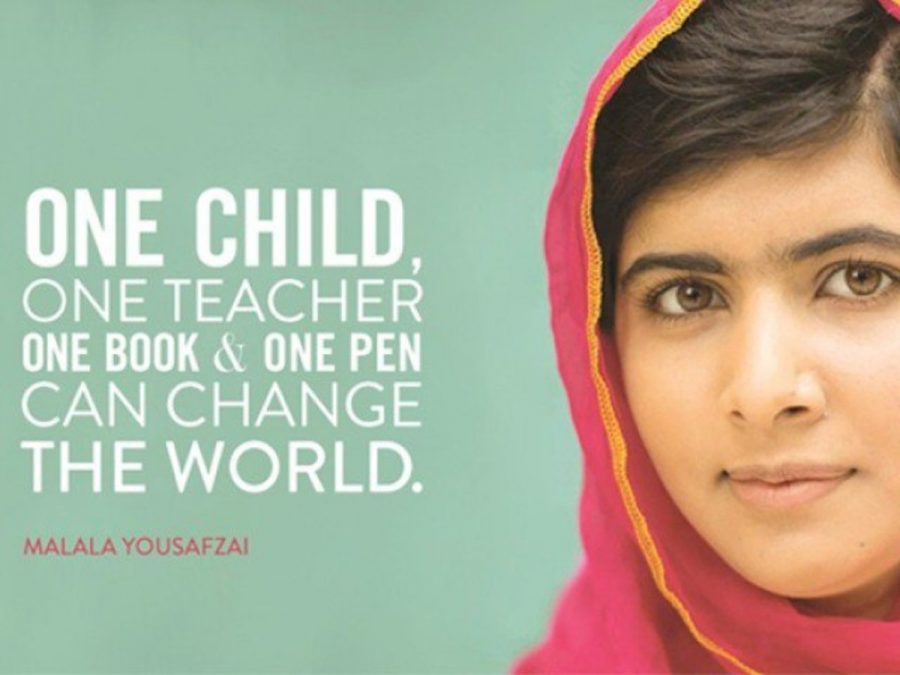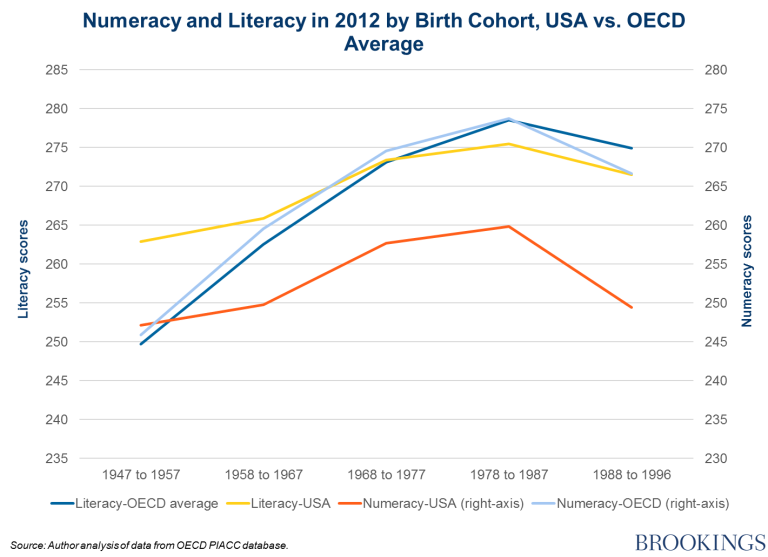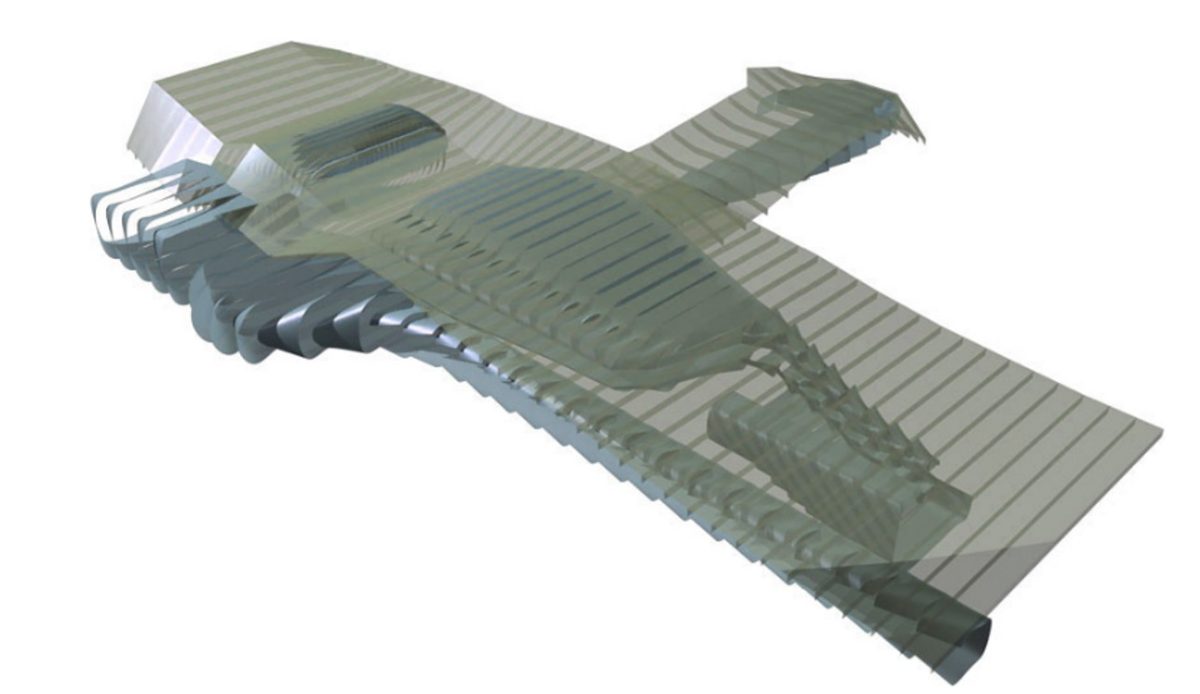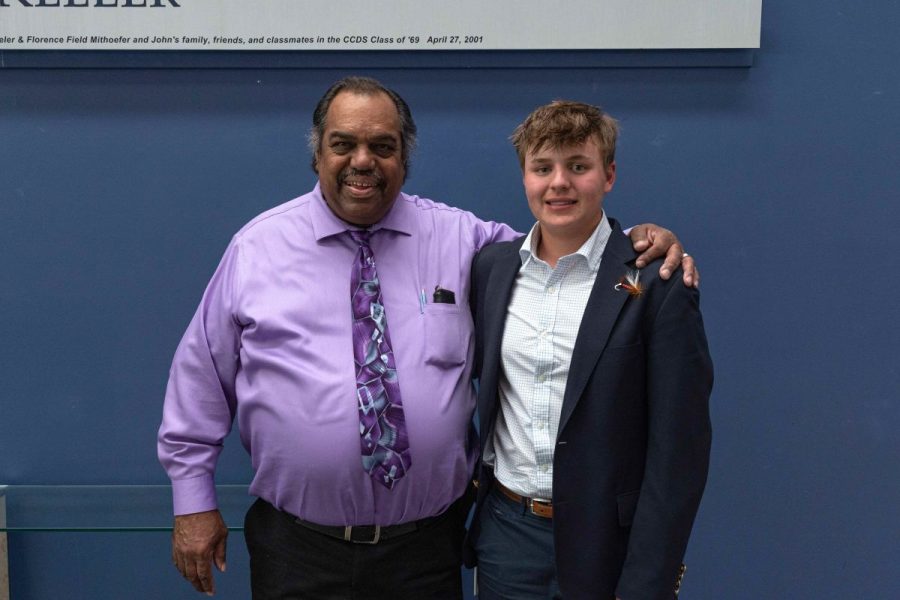By Sachi Bhati ’18, News Editor
On January 26th, 2016, the Upper School gathered in the Keeler Theatre to kick off Multicultural Morning. History teacher Dr. Jeremiah McCall began by giving us staggering statistics: there are millions of girls who are not given the opportunity to have an education. Dr. McCall’s facts gave students insight on how fortunate we are to have an excellent education at Country Day. History Department Chair Merle Black then provided a backstory on the Taliban, and all the destruction they have caused. English teacher Deborah Floyd ended the introduction by giving us some more information about Malala Yousefzai, who won the 2014 Nobel Peace Prize at age 17.
He Named Me Malala is a documentary of Malala’s journey after she was shot for advocating for girls’ education. The movie begins with the old tale of Malalai of Maiwand, a famous warrior woman. Malalai was the one who had persuaded the Pakistani’s to keep fighting and not give up against the British. Although Malala means sadness, Malala’s father says it can also mean bravery.
Malala’s father was a school head, so Malala was taught the importance of education at a young age. When the Taliban had begun to take away the rights of girls to get an education, Yousafzai and her friends didn’t believe that was fair. Believing that education is the solution to many of the problems going on in her hometown, Malala did not let the fear of the Taliban keep her from fighting. In 2012, Malala was shot in the head by a member of the Taliban while riding a bus to school. Her state was very critical and not many believed she would survive. She was sent to get treated in England where she remarkably recovered, and the first thing she said when she woke up from coma was “Where is my father?” After recovering Malala began the Malala Fund, an organization that advocated for girl’s education not only in Pakistan, but also around the world. Although a bullet couldn’t stop Malala, the Taliban sent her and her family death threats, warning that if Malala ever came back to Pakistan they would kill her. At one point in the movie, Malala talks about how she would wake up in the middle of the night and check to make sure the doors were locked and that the Taliban couldn’t enter. Malala wanted to be more than just the girl who got shot. As she stated, “I want to be the girl who fought for the rights of every child, whether girl or boy, the right of education and the right of equality. This is the cause to which I want to devote my life.” When asked by an interviewer if she has ever been angry at the Taliban, without hesitation, Malala said no. She said that it is a part of the her religion to forgive, and so that is what she did. Not only did Malala work to promote girls’ educations, but she also met with the Nigerian President to persuade him to prioritize helping the kidnapped girls. Malala was only 17 at the time and knows that “it is so hard to get things done in this world. You try and too often it doesn’t work. But you continue. And you never give up.” Malala knows that ensuring the education of girls all around the world is not an easy task, but she has never given up. While receiving her Nobel Peace Prize in 2014, Malala stressed the importance that what happened to her is not something unusual: “I tell my story, not because it is unique, but because it is not. It is the story of many girls.”
During the advisory discussions, many students were amazed by how Yousafzai is ordinary while also being extraordinary. She goes and wins awards, and meets with A-listers, but then goes home and does her homework. Many who walked out of the Keeler Theatre definitely felt very appreciative of the education we have been given.
Image Source: http://mvfilmsociety.com/2015/10/he-named-me-malala/







